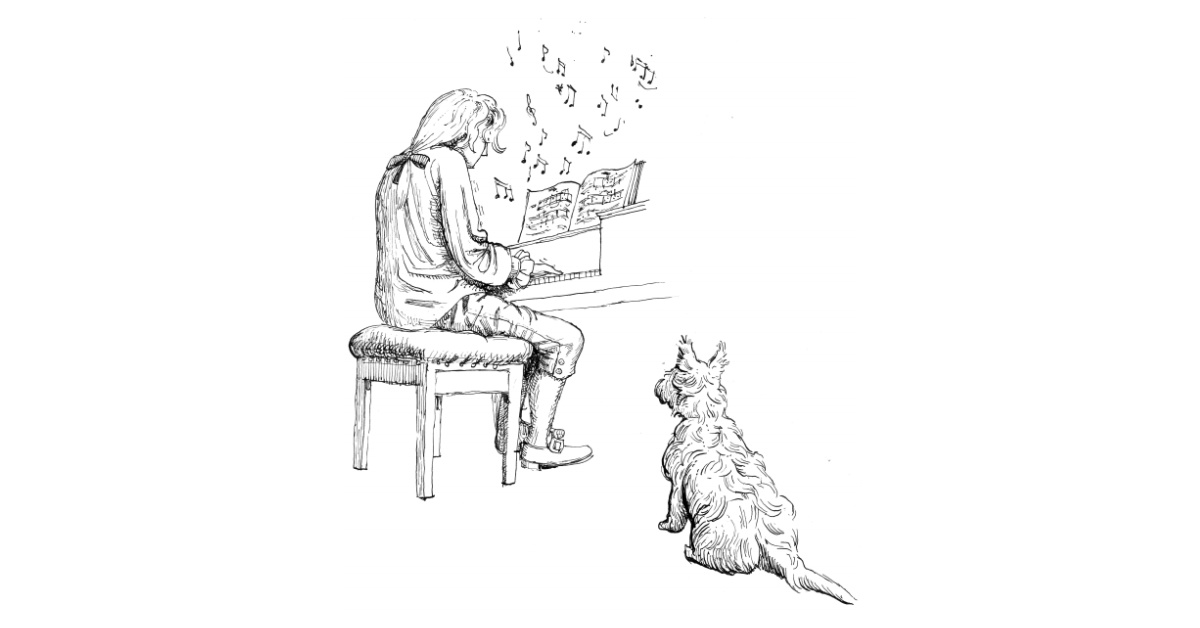St Mary’s Church, East Bergholt, Suffolk
Last Saturday I needed to get a puncture on my daughter’s bike repaired, I have long since given up trying to repair them myself, and so I went to the Bike Doctor in East Bergholt just down the road. He obligingly took my bike and said I’ll have this done in ten minutes.
Ten minutes! When I get a puncture it usually takes me about ten years to summon up the necessary enthusiasm.
But what could I do in East Bergholt for ten minutes? I thought I would go and visit the church.
As I’ve lived in the area for most of my life I know East Bergholt church but not well. I have been to one or two weddings there but otherwise I have hardly ever been. Though fairly typical of the churches of the area, it is a rather amazing in its own way. It looks like the tower fell down but in fact it was never completed. Popular legend suggests that this was due to local celeb, Cardinal Wolsey’s fall from grace in 1530 ending funds to the church, but a far more likely reason was Henry VIII’s breach with Rome. With Protestant ideas gaining ground, the desire for ostentatious church buildings disappeared overnight and so work simply stopped. I have noticed in Dedham Church, when ascending the tower to wind the clock, the beginnings of elaborate fan vaulting which similarly was put on hold. It makes me wonder about the conversations between the client and master mason, who presumably had bought all the stone at a great price. How did they break the news, and did they know how final this was? I can hear the project manager saying, ‘It’s just a temporary blip, just wait until this Anne Boleyn thing has sorted itself out’, Little did they know.
There is something wonderful about seeing a building where the evidence of the makers hand stretching back hundreds of years is so evident. This is particularly easy to read because of the half-finished state of the church tower. I enjoy the wobbliness - the slight inconsistencies - caused by a medieval mason trying to get something done as best they can with the primitive tools of the time. These human touches are underpinned by the most exceptional craftsmanship, particularly the flint work. I know people who can do this type of work but it’s highly skilled, extremely expensive and time consuming. Over the years the materials have been eroded giving the walls an organic quality as if you’re looking at a cliff face or the trunk of an ancient tree. Weeds find places to grow, and moss colonises the walls in damp places under label mouldings or between dentils. Over time, the ravages of the seasons cause the walls to decay making once impenetrable stone and brick crumble and flake like a mature Cheddar.
The interior is again very typical of parish churches up and down the land. A medieval structure with the usual layer of Victorian furniture designed to high churchify a white plain structure which the Puritans had denuded. So, we have the usual Victorian pulpit, lectern, screen, the high alter and an organ case which has something of a fairground about it.
Memorial wall tombs of all periods pepper the walls.
I’m always intrigued by the most recent layer of history, things just left around:- fire extinguishers, postcards raising money for the church roof and the paraphernalia of the flower rota sit cheek by jowl with ancient fonts and tombs.
While I was there, a man came in wearing a cycle helmet, he apologised for his attire. I said I didn’t mind. I think he thought I was the vicar.
I arrived back at the garage to find that the Bike Doctor had mended the puncture and also oiled the break cables which were a little rusty and loosed the gear changing mechanism which had been jammed by caked mud… all for fifteen quid, what a bargain!





















